Norwegian Man of Many Parts, Alf Prøysen
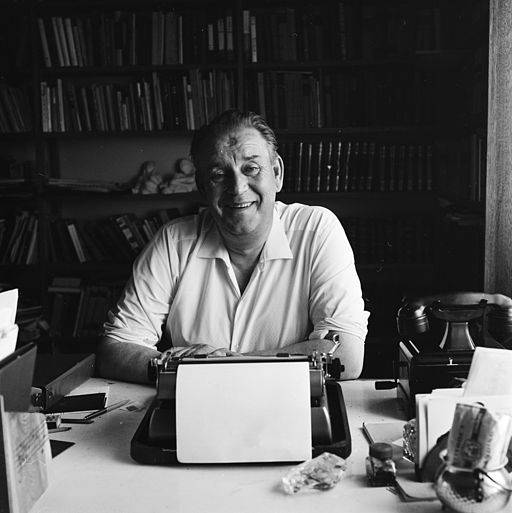 Author, poet, playwright, songwriter, musician and well known personality Alf Prøysen was a prominent cultural influencer throughout Norway, predominantly during the 1950’s and 60’s. He also made significant contributions to TV, radio and wrote articles for the Arbeiderbladet from 1954 up until his death.
Author, poet, playwright, songwriter, musician and well known personality Alf Prøysen was a prominent cultural influencer throughout Norway, predominantly during the 1950’s and 60’s. He also made significant contributions to TV, radio and wrote articles for the Arbeiderbladet from 1954 up until his death.
Early Life
Born 23rd July 1914 at Rudshøger in Ringsaker, Hedmark County, Norway. The youngest of four children in the Olafsen family, Alf changed his name in 1936, when he was 24 years old, to Alf Prøysen after the place in which he grew up, his parents also adopted the same surname a short while later.
Alf excelled in school, displaying much talent particularly when it came to writing and drawing. He exceeded academic expectations throughout his schooling, especially compared to most of his friends and neighbours. During the 1930’s he was employed on a farm feeding pigs in addition to displaying his talent in writing songs and poetry which were printed in local publications. Prøysen chose to continue his education by becoming an apprentice at the Norwegian School of Applied Sciences, where he was a copywriter and also an actor appearing in the annual student reviews from 1942 to 1945.
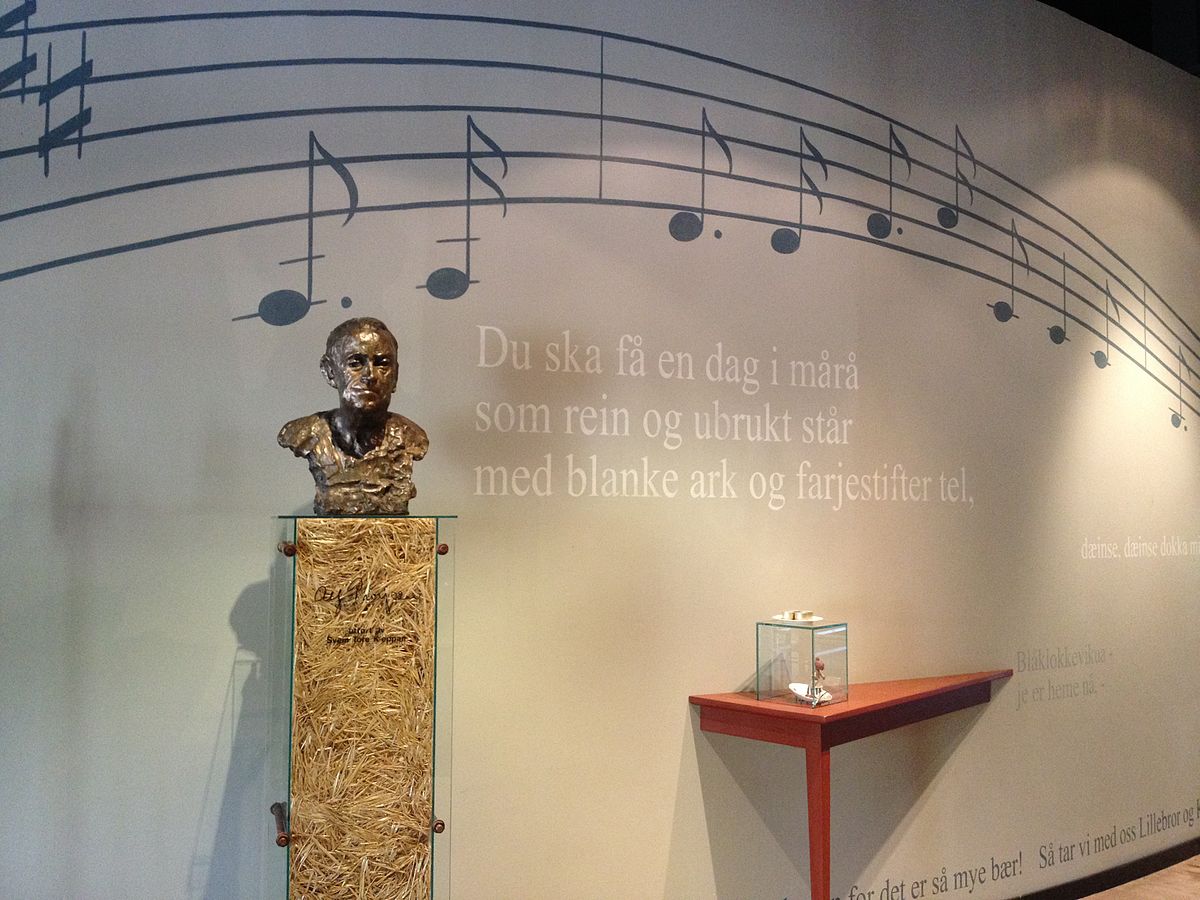
Exhibit at Prøysenhuset
Alf was wed in 1948 to Else Storhaug (1916-2015). Together the couple had two children, the eldest, a daughter named Elin Julie Prøysen born March 26, 1949, and a son, Alf Ketil Prøysen born in1951.
Celebrity
Prøysen made his recording debut in 1947 and soon became a national celebrity. Contributing to many artistic fields including children’s radio, literature, theatre and music. The majority of his songs and stories were based in settings similar to the rural village environment in which Alf spent his youth. He frequently featured on Norwegian radio and television programmes, most prominently during the 50’s and 60’s.
Teskjekjerringa
Prøysen had worked hard to establish himself as an important cultural figure in Norway but he is best known to the English-speaking world for his series of children’s stories based around Mrs Pepperpot,
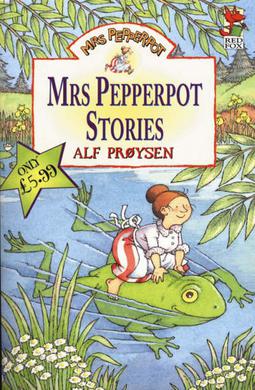
Mrs Pepperpot – Wikipedia
known as Teskjekjerringa (translation “teaspoon lady”), in his native land. The first book in the Mrs Pepperpot series was released in 1956 to immediate success. Adored by generations of children and translated into many different languages, the main character, Mrs Pepperpot is a delightful elderly lady who randomly shrinks to the size of a pepper pot.
She resides in a cottage in the countryside with her husband, their cat and their dog. Despite her diminutive size upon shrinking she always manages to overcome the tricky situations she finds herself in with some quick cunning and using the ability she gains upon shrinking to speak to animals and even to inanimate objects and even the sun and wind. Many editions were published and Prøysen followed the success of his first release with new books in the series which followed in 1960, 1965 and 1967. The Mrs Pepperpot series proved to be not only a Norwegian children’s classic but also an international success. The series has, among other things, been made into a Japanese cartoon and also published in the Penguin Books Classics series.
Other Writings
He wrote outstanding prose for older readers, usually written from the perspective of the rural proletariat. He also compiled 753 “stubs” for the Arbeiderbladet’s Saturday newspaper editions from 1954 until his death in 1970, these articles ranged in length between one to one and a half pages long. His stories aimed towards adult readers typically would begin bright and frivolous in sentiment and as the stories developed would reveal a bleak core allowing for Prøysen to express his opinions on the social classes and in particular highlight the hardships of the poor rural members of society. Alf proved his deeper literary qualities throughout his lifetime with the great popularity of his poetry, although it took quite some time before he was recognised as one of the ‘post-war indispensable’ Norwegian writers.
Testimonies
In 1975, Jan Eric Vold (1939), proclaimed, “Prøysen is one of the finest we have had and (probably) will get when it comes to Norwegian writers.”
That same year Prøysens good friend Alf Cranner (1936) characterized him in a way that would’ve been worthy of Shakespeare :
“He had a face like some of the classic actors, so moving that it could give off any expression! An actor who has played all the roles. As I became familiar with that face, I realised that his entire poetry was such that he had understood all the human phases, that he had absorbed everything.”
The Arts Council Norway Honorary Award
The Arts Council Norway Honorary Award (Norsk kulturråds ærespris) is an annual prize awarded to a person who has made a significant contribution to Norwegian art and culture. The prize committee doesn’t solicit nominations and the decision is made in a closed meeting and traditionally no basis for the award is officially announced. In 1970 Alf Prøysen became the 3rd person to receive this honour.
Death
Alf Prøysen died of cancer on 23 November 1970 (age 56) in the Norwegian capital of Oslo. He was then buried at Vår Frelsers gravlund, in Norway’s main honorary burial ground.
Prøysenhuset
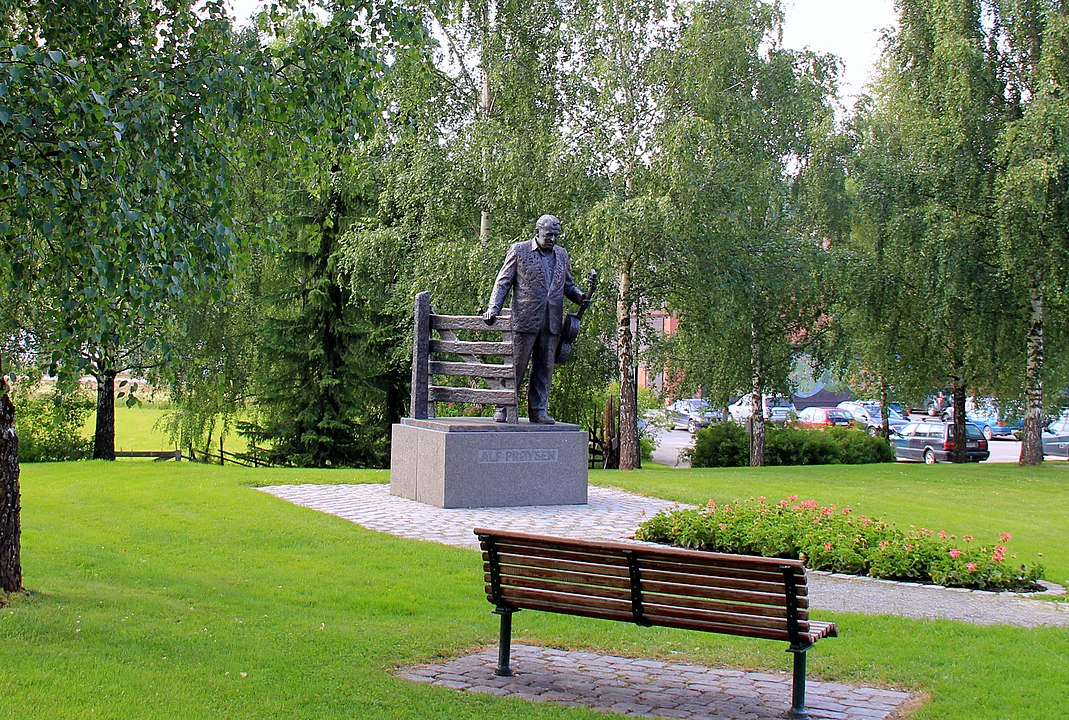
Statue of Alf Prøysen at Rudshøgda in Ringsaker by Sivert Donali
Prøysens memory lives on in his works and in Prøysenhuset, a cultural centre and museum at Rudshøgda in Ringsaker. Here visitors can look around Prøysens childhood home, the Prøysen cottage and Cotters farm. The cottage itself dates back to the 1860’s but has been restored in recent years and the cowshed and barn have been rebuilt in their original style to appear just as they did when Alf was born.
Prøysenhuset also comprises a gift shop, café and playground and the main part of the museum is a permanent exhibition that tells the life and career of Alf Prøysen.
Further Reading
Thanks for reading the article and for another insightful post and one that is tinged with an everlasting mystery – please see A Death vieled in mystery – Ambrose Bierce
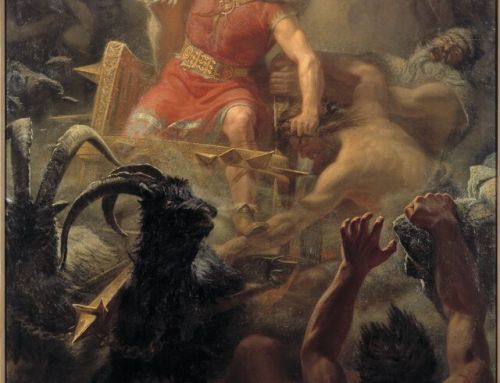

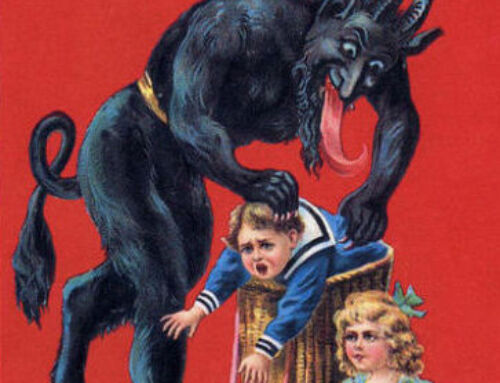
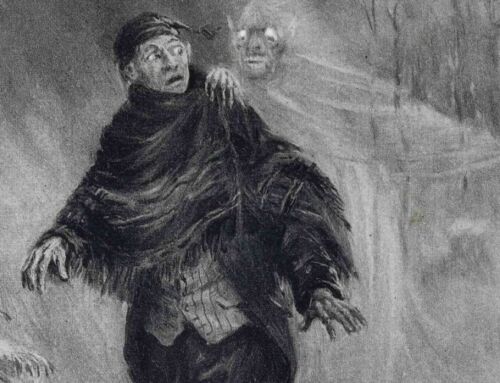
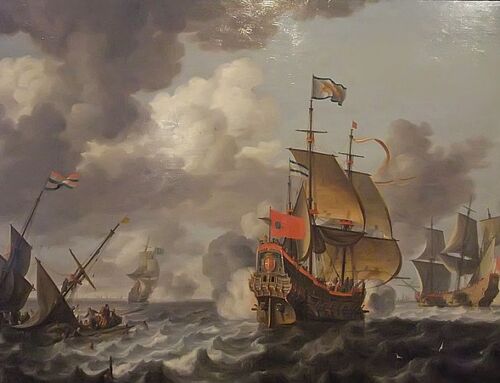
Leave A Comment